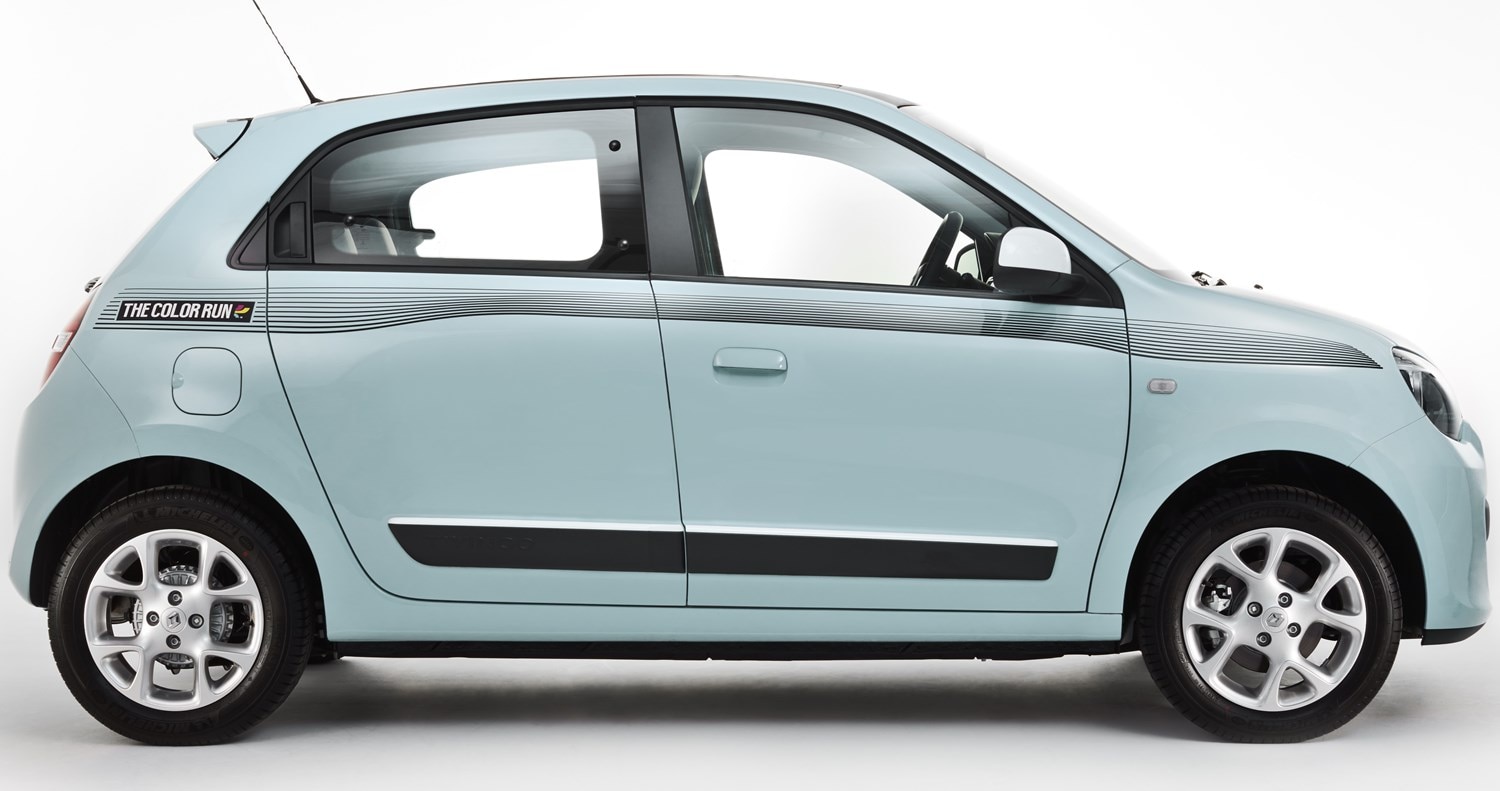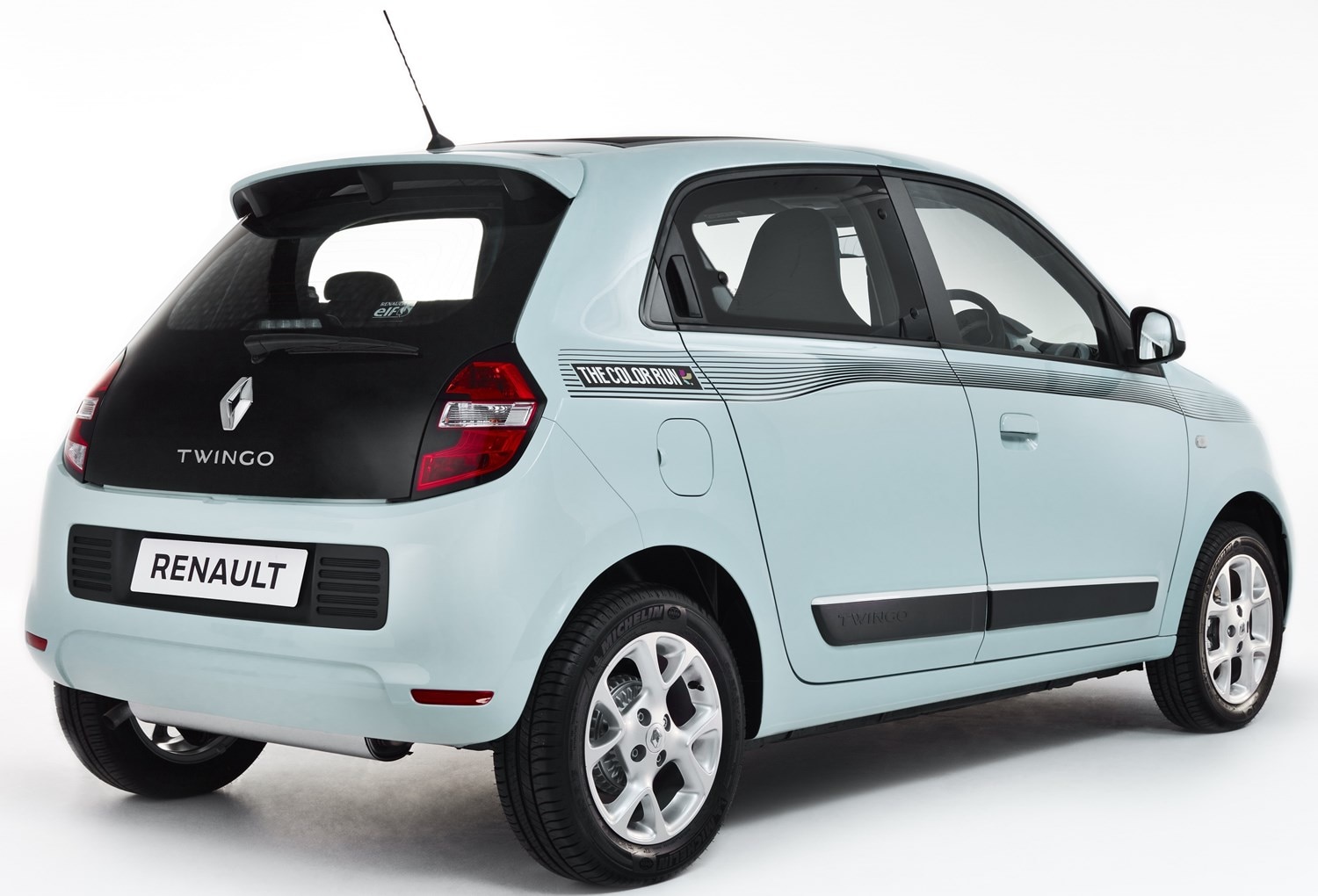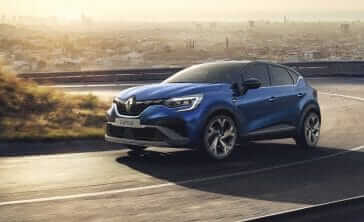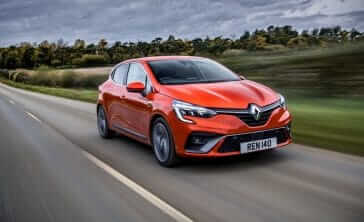Review
The Renault Twingo is a small four-seater city car first released in 1993. The original, however, wasn’t offered on UK markets – though you may see some cars on the road that have been imported.
The second-generation car made its debut in 2007, replacing the original with a far more rounded and grown-up compact vehicle. It still retained the classic’s diminutive proportions, but it was far more refined to drive.Based on
Based on the Clio’s floorplan, it was a popular vehicle for Renault, especially with first-time drivers. There was even a Renaultsport version, giving the drivers the chance to own a sportier version of the standard car thanks to an uprated 1.6-litre engine producing 130bhp.
Latest model
The third-generation Twingo made its debut in 2014. Based on the same platform as the Smart ForTwo, it offered a radically different layout the car it replaced. Now rear-engined and rear-wheel-drive, it is in fact shorter than the second-generation car making it even more nimble than before. There’s the choice of either a 1.0-litre petrol or a turbocharged 0.9-litre engine to choose from, with both offering excellent levels of economy.
The car’s design is just as striking as the originals, with the car’s short overhangings giving it a real ‘Tonka Toy’ look on the road. The only downside of that small overall size is that it struggles on motorways, though.
Value for money
The all-new Twingo range starts at £9,545. This base car offers LED daytime running lights, DAB digital radio and hill-start assist as standard – though in truth that’s about it. The Twingo, however, does suit being a low-spec affair, as it’s a simple car designed to be as hassle-free as possible. That said, if you do want further creature comforts, then there are plenty of additional specifications to choose from.
Used examples are now available, meaning that there are savings to be had. For instance, a 2014 Twingo in Dynamique spec, fitted with cruise control, electric front windows and coming with just 14,000 miles on the clock costs £6,990 – a remarkable saving on the initial list price.
That said, if you wanted more performance, then a previous-generation Renaultsport Twingo makes an excellent buy, with 2011-plate cars with around 39,000 miles coming in at well under the £4,500 mark. These cars are hugely involving to drive – and well worth the money.
Looks and image
The Twingo is all about sharp, nimble handling. The latest model, with its short overall length and square proportions, is very easy to park – and the same can be said for previous generations, too. Inside, the latest generation has a good amount of on-board technology with Bluetooth connectivity and cruise control featuring on higher-specification cars. It’s a far higher standard of fit-and-finish than we’ve come to expect from small Renault vehicles, with plenty of neat touches – such as the large central instrument binnacle – helping lift the look of the cabin.
The current Twingo has yet to be refreshed or updated – so we’d expect to see that happening soon given the car’s release in 2014.
Space and practicality
Given the Twingo’s tiny footprint on the road, you could be forgiven for thinking that it wouldn’t offer all that much space. However, there’s enough room for five inside the car, though it’ll be a bit of a squeeze driving for a longer period of time with this many people seated. That said, a good amount of storage options means there’s a variety of areas where they can store their belongings.
The Twingo’s boot space sits at 188 litres which is behind its main rivals such as the Citroen C1 and Peugeot 108. That said, thanks to the boot’s square layout it’s of a usable shape. Fold the rear seats down, and the storage capacity rises to 980 litres.
Engines
There are just two engines to choose from with the Twingo. First off, there’s a 1.0-litre unit with 69bhp, able to crack 60mph in 14.3 seconds. After that, comes an 89bhp 0.9-litre engine with a better 0-60mph time of 10.6 seconds. There’s also an uprated version of the latter powerplant in GT models, and this produces 109bhp thanks to a new air vent and an ECU map.
If you’re looking for the best all-rounder, then the turbocharged engine is certainly the one to go for. It’s got more punch, which makes it better at tackling longer journeys, yet it’ll still return 65.7mpg combined and emit just 99g/km CO2. However, if you’re planning on mainly using the Twingo around town then the 1.0-litre will suit you just fine and this is equally as economical as the turbocharged version thanks to a combined fuel economy of 62.8mpg and emission at 105g/km CO2.
Running costs
As mentioned earlier, whichever Twingo model you choose, running costs will be minimal. Thanks to low emissions figures, it’ll be cheap to tax too, while insurance premiums will be kept down thanks to small engine outputs. That said, you will encounter higher premiums for GT models, as these feature larger alloy wheels and sportier design touches, as well as a more powerful engine.
As well as the standard five-speed manual, there’s also an optional six-speed dual-clutch automatic gearbox available. While it shifts relatively well, you will see a penalty in terms of both price and economy. It costs an additional £900 pounds, and drops the turbocharged engine’s MPG figure down to 59mpg.
Things to look out for
The ‘new’ Twingo models – the second and third-generation cars sold in the UK – have had a good record in terms of reliability. The current car scored four stars overall in the Euro NCAP crash tests, meaning that for its size it’s a safe place to be – though cars such as the Hyundai i10 – one of the Twingo’s key rivals – did receive a full five-star rating in the tests.
There haven’t been too many recalls issued either, with the most prominent one being a seatbelt malfunction issue addressed in 2015. Ensure that any used car you buy has had any recall work done before driving away.
Rivals
The compact city car segment is surprisingly busy at the moment, with cars such as the VW Up! and Hyundai i10 proving to be popular runabouts for a lot of people. What the Twingo brings to the table, however, is individuality. It’s a quirky looking car, there’s no doubt about that, so it’s ideal for those people who want to stand out from the crowd. However, where the rivals edge the Twingo is refinement.
The Up! especially feels like a much larger car than it actually is, and gives a real sense of solidity and robustness when driving. The Twingo, in contrast, feels far more flimsy which makes it less of an all-rounder.
Depreciation warning
Lower-spec cars are the best to go for if you’re planning on limiting depreciation on a new Twingo, as vehicles will a lot of added equipment don’t hold up on the used market any better than those without. Unfortunately, the Twingo simply doesn’t hold its value like other German-made alternatives, which does mean that you should expect the residuals to take a dive the minute you take it off the forecourt. That said, the Twingo’s low entry price does mean that you won’t lose as much as you would on a higher-priced rival.




